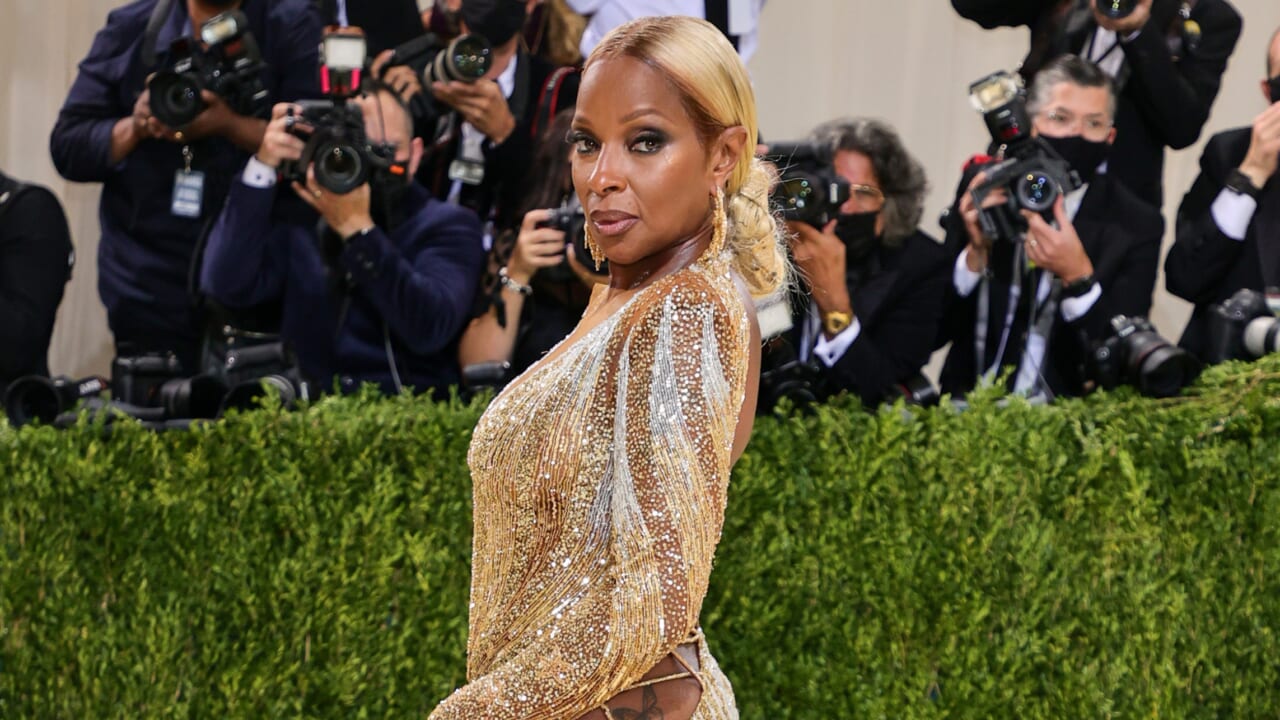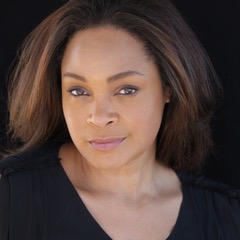For more than one generation of girls, women and femmes, Mary J. Blige has been a phenomenon; a multitalented force of nature who helped shift the paradigm of both the male-dominated world of R&B and the prototype of the early-’90s Black chanteuse. Nearly 30 years after the debut of What’s the 411? Blige is a bonafide icon with a career spanning music, fashion, and both big and small screens. But as the 51-year-old tells Elle magazine as the cover star of its February “State of Black Beauty” issue, her own self-acceptance was hard-won and decades in the making.

“I didn’t feel beautiful—like for real for real, not just ‘Hey, I’m pretty’ but actually believing it—until about 2016,” Blige tells Elle. Perusing her pictorial, which brings the star back to the beauty salon in an array of sexy ensembles styled by designer Jason Rembert, it’s hard to imagine. But as Blige reflects on her life, career and difficult marriage, she explains: “If you’ve been beat down mentally by someone, you’re never pretty enough. You’re never smart enough. Nothing’s ever good enough.”
It’s the kind of vulnerability that built the singer such a loyal fanbase—we have always been able to see ourselves in Mary (with some even preferring the musical stylings of “sad Mary” over her more buoyant tracks). For many, what’s made Blige so relatable are her rougher edges, a product of the very raw realities of growing up in the Schlobohm housing projects of Yonkers, N.Y.
“When you have a single mother with two little girls living in the hood, you develop tomboy skills. You become the guys you’re hanging with, but I’m still a girl,” Blige recalls. “I’m a little rougher because my environment is rougher…It was never a comfortable situation for little girls, so we had to be little tomboys to get through that time of our lives. By the time I got into the music business, that’s exactly what I was,” she continues. “I was sitting on the shelf because they didn’t know what to do with me, because I was not going to put on a gown.”
Blige regularly rocks gowns these days, but as Elle notes, her image—from the platinum blonde hair initially inspired by Salt-N-Pepa to her unabashed love of logos and furs, became the hallmarks of “ghetto fabulousness.”
“Ghetto fabulous is just, when you come from the hood, you at your flyest,” Blige explains. “What can you afford? What can you do with it? You want stones on your nails. You want mad colors on your nails. You want colorful furs. You want Timberland boots to rock with your furs. You want a hockey jersey? It’s whatever you feel you can do with whatever you can afford…Growing up around drug dealers and the women that I hung out with, they wore furs—long sables and silver foxes and red lipstick. They were just fly…when you saw a woman show up in one, you knew who she was.”
Most of the world now knows who Mary J. Blige is, but like many little Black girls, much of her early identity was formed in comparison to what she was not. Reflecting on the hair her mother once pressed and styled, she recalls: “Because of the texture, growing up I always wished I had wavy hair. Every little Black girl wanted wavy hair.”
That experience is sadly all-too-familiar to many of us, but most of us weren’t entering the music industry while still in our teens. Despite her incredible success, Blige admits to struggling with self-esteem up until filming her double-Oscar-nominated turn in Dee Rees‘ Mudbound. The role of Florence, a sharecropper and matriarch, required her to wear her natural hair and virtually no makeup.
“Florence came at a time when I was really low, feeling super-insecure, not sure of my life, not sure of even who I was,” she revealed to Variety in 2017. I didn’t really realize that I was hanging onto so many things of the world that made me feel beautiful.
“I was fighting to keep lashes. I was fighting for fingernails, and fighting for wigs and things like that. And I just didn’t wanna strip down, because I just was afraid,” she added.
In conversation with Elle, she explains how the fear presented an opportunity to pour into herself. “During Mudbound and when I was married, I was feeling so low. I had to pay myself the highest compliments, even if I didn’t believe it, just so I could build myself up,” she shares. “I would do it in the morning, because that’s the time when your hair is not done and you don’t have on makeup. You’re just kind of dealing with yourself for real.” She still wakes up and recites the same words: ‘Good morning, Gorgeous. I love you. I got you. I need you.’”
Steadfast fans of Blige will recognize that mantra as the basis for the first single off her 14th LP, which debuts on February 11—just days before she joins Dr. Dre, Snoop Dogg, Eminem and Kendrick Lamar at the 2022 Super Bowl Halftime Show. The appearance will be Blige’s second, but the artist will be markedly different from her first cameo in 2001; a transformation she maintains is more than cosmetic.
“It’s not just the hairstyles and the clothing and the skin. It’s how I reinvent myself through trials and perseverance,” she tells Elle. “Am I going to quit? No, I’m going to go to the next level. It’s painful to go to the next level because change is hard. But people see me come out and they think, ‘It’s just her skin or her hair.’ No, it’s her. It’s me. I’m really choosing to be a better, stronger person…Whatever I’m wearing, I’m able to have the strength to carry it now, which I was not able to have in the last layer of my life.”
Mary J. Blige’s cover story can be read in full in the February 2022 issue of ELLE.

Maiysha Kai is Lifestyle Editor of theGrio, covering all things Black and beautiful. Her work is informed by two decades’ experience in the fashion and entertainment industries, a love of great books and aesthetics, and the indomitable brilliance of Black culture.
Have you subscribed to theGrio podcasts “Dear Culture” or “Acting Up?”
TheGrio is available for FREE wherever you use the internet — on our new mobile App, Roku, Amazon Fire TV, and AppleTV! And a Black Podcast Network coming soon!
Source link
 Black America Breaking News for the African American Community
Black America Breaking News for the African American Community

